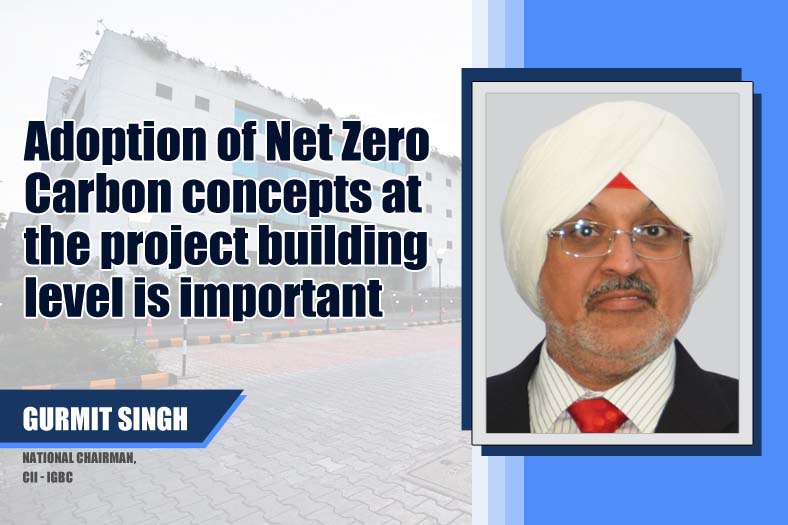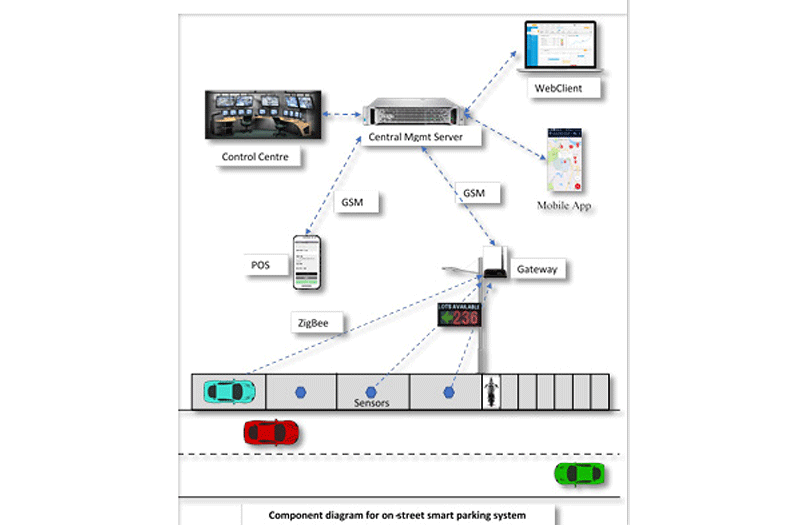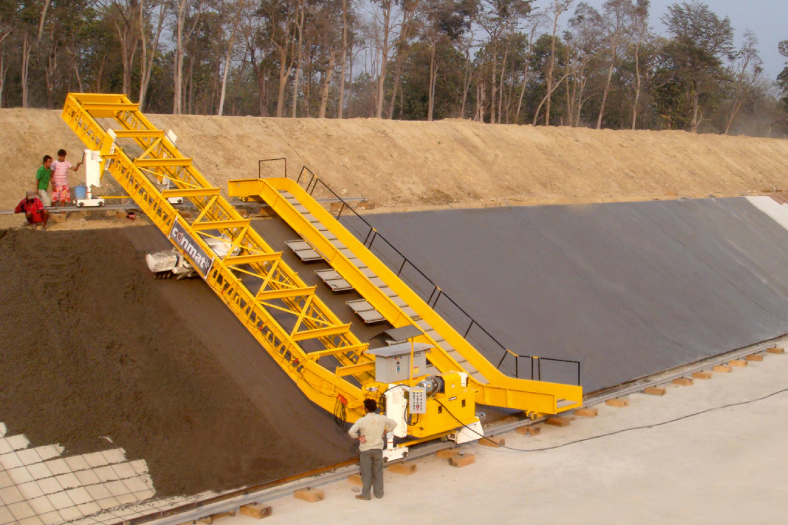Smart green building materials for home owners & projects

Anil Banchhor, Managing Director and CEO, RDC Concrete explains how “smart” green building materials are replacing traditional construction materials.
India ranks second as the country with the largest number of green buildings after the US. Most of the Indian projects have demonstrated through their simplicity that green building and sustainability are not complex or high-tech ventures. In particular the retrofitting of old buildings demonstrates that it is an easy procedure which can be replicated with ease to transform some of old buildings in the country’s cities and towns.
The difference in green buildings is in the approach to its design, which focuses on a concern for extending the life span of natural resources: reducing operating cost such as for use of energy and water, providing human comfort, safety and productivity other typical features will include the use of non-toxic, recycled and environmental friendly building materials.
Analysts estimate the differential cost to be no more than 3-5 per cent. If you factor in savings of 25-30 per cent of water and electricity consumption bill in an average green building in India, the additional expense is not just recovered within 5 years but such buildings can be profitable.
In fact most of the green buildings in India are non-residential commercial structures concentrated in a few of the big cities and the common man still sees such homes as a luxury. Therefore it is necessary to demystify the concept of green and sustainable housing.
There are several “Smart” green building materials, which are cost effective and long lasting available for the modern home owner which would help them build or rebuild their homes, to a more eco-friendly and sustainable habitat. Traditional construction materials now have greener and smarter substitutes such as: crushed rock fines to replace natural sand. It helps in replacing natural sand usage in concrete and plastics. It also ensure a comparatively denser concrete than those made only with natural sand and quarry fines resulting in insignificant increase in compressive strength and durability. Using this alternative also aides in preserving the natural reserves and protecting the environment.
Replace clay bricks with a more eco-friendly, technical superior, flyash based composition. Apart from the quality and mechanical properties, flyash based bricks are even and resource efficient bricks produced using cleaner production techniques and reduce carbon footprints.
Concrete means versatility: The third important component is concrete, the versatility of which is well known in view of addition of mineral and chemical admixtures. Concrete can be made green or sustainable by using High Volume Fly ash Technology (HVFAC) wherein OPC component is only 50 to 60 per cent and is more durable than normal OPC concrete. This special composition increases the concrete’s resistance to chlorides, sulphates, reduces chloride-ion penetration and carbonation etc.
Concrete can now be used to beautify: Concrete can now be used to beautify by using stamping technology with beautiful patterns and colours on porch, paving, footpath and walkways etc. Whether, the driveway to a garage or a poolside private access path, this product can help add a new colour to a mundane surrounding. Complex patterns for a decorative ratio or a naturally blending pathway in a garden. Not only is it durable and impact resistant it is also weather-proof, making it easy and cheap to maintain.
Concrete can self-drain water: Pervious concrete paving is available which is porous within its body to permit water drainage to lower surface, thus improving ground water table. The benefits of using this concrete to avoid water logging and allow drainage of water through the large pores present in the no-fines. It also helps keep the area dry and clean and prevents polluted water from entering our streams. Many municipal corporations are planning to make it mandatory along with rain water harvesting facility in cities.
Concrete can reduce your electricity bills: Concrete is now designed to provide thermal comfort in the premises. A layer of customised concrete can be applied over the top layer of the roof slab, which acts as an insulating layer and considerably reduces heat transmission inside the building. This kind of arrangement keeps the building cool in summer and warm in winters. The trapped insulation in the concrete layer provides a bed for energy control and the energy consumption is reduced to a great extent due to this mechanism. Additionally it helps saving the non-renewable resources like coal in power generation. Its durable, and the benefits lasts a long time and it is usually a onetime work.
Authored by__
Anil Banchhor,
Managing Director and CEO,
RDC Concrete
Cookie Consent
We use cookies to personalize your experience. By continuing to visit this website you agree to our Terms & Conditions, Privacy Policy and Cookie Policy.









